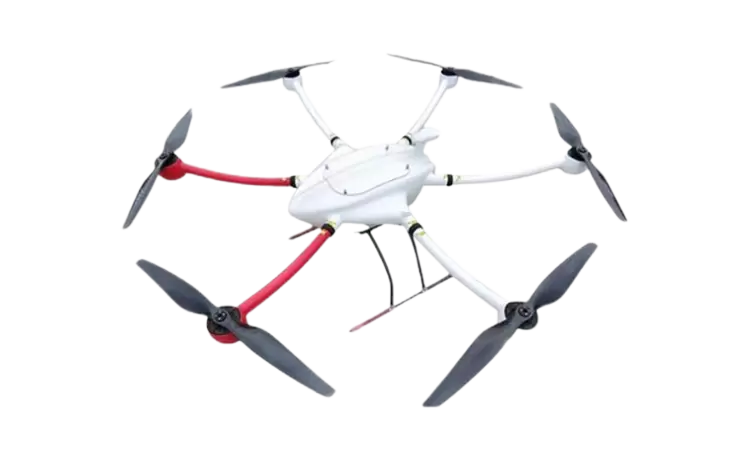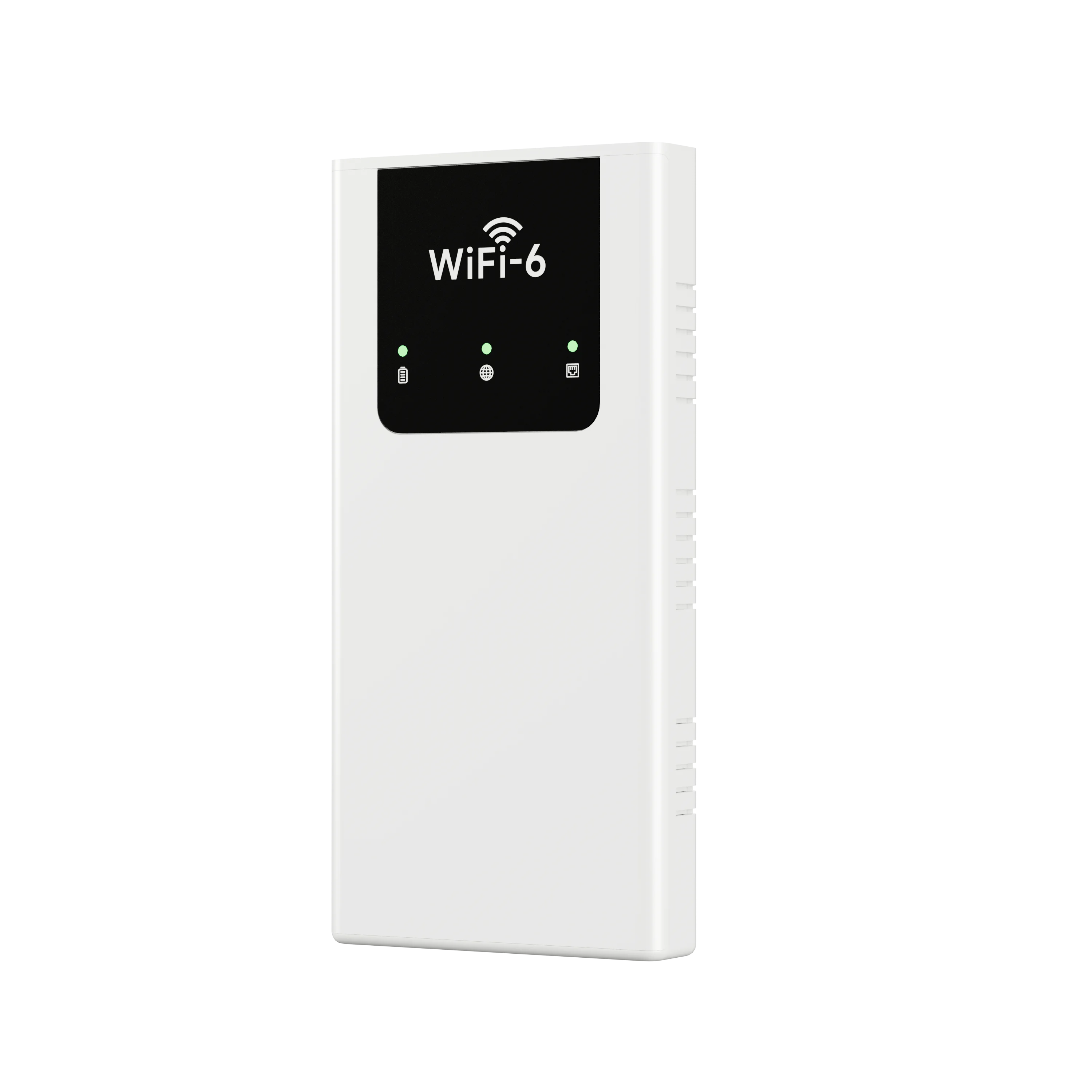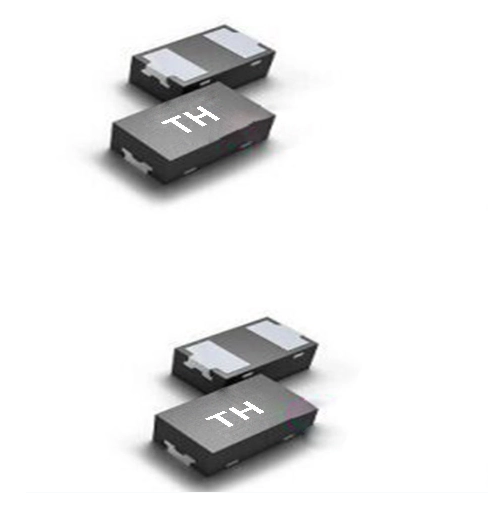In a marketplace brimming with visual noise and still-growing competition, one subtle yet powerful tool is quietly redefining how brands speak to consumers: vinyl bottle labels. At WorldBridge, we believe that the right label isn’t just a decorative afterthought—it’s a dynamic branding touchpoint that can set your product apart on the shelf, convey quality at a glance, and boost consumer confidence. In this article, we’ll explore why vinyl bottle labels matter, how they work, what sets them apart from traditional labels, and how to make them work for your brand.
What Are Vinyl Bottle Labels?
Vinyl bottle labels refer to labels printed on vinyl (a durable plastic film) which are then affixed to bottles (glass, plastic, etc) to convey branding, product information, and more. Unlike standard paper-based labels, vinyl labels offer greater durability, resistance to moisture, scratches, UV light and other factors typical of bottles exposed to cold, condensation or outdoor display.
For example, one custom label provider notes that their bottle labels are “printed on high-quality, durable vinyl material… scratch-resistant, moisture-resistant, and UV-resistant” which ensures long-term vibrancy and endurance. Another notes that transparent, white, silver or metallic films can be used with gloss or matte finishes for strong visual appeal.
In short: when you choose vinyl bottle labels, you’re opting for a material and process built to withstand real-world conditions while preserving visual impact—and that’s key.
Why Choose Vinyl Bottle Labels for Your Product?
Enhanced Durability
When bottles are chilled, go through condensation, get refrigerated, stored in ice or even shipped overseas, standard paper labels often peel, fade or wrinkle. Vinyl bottle labels, thanks to their film base and protective laminates, handle these conditions far more reliably. For instance: vinyl labels laminated for UV protection and water resistance are explicitly called out in supplier literature.
Premium Look & Feel
The tactile and visual appearance of a label affects how consumers perceive the product inside. A reliably crisp, smooth, colourful vinyl label signals quality. Many custom label services mention finishes like gloss or matte, transparent options, die-cut or kiss-cut shapes—features that elevate the shelf appeal of bottle packaging.
Versatility of Application
Because vinyl film is flexible and printable in full colour, you can wrap around curved bottles, adhere to plastic or glass, use non-standard shapes, and even apply labels post-fill. From craft beverages to sauces to premium water bottles, vinyl bottle labels can adapt. One supplier mentions usage for “beer labels, beer growlers, wine bottle labels … water bottle labels for birthdays, weddings, showers, or corporate events.”
Branding & Differentiation
In many product categories, especially beverages, jars or cosmetic containers, the label is one of the few brand-touch elements the consumer sees before purchase. A well-designed vinyl bottle label can reinforce branding, support premium pricing, and reduce the “cheap packaging” impression. At WorldBridge, our clients routinely tell us that upgrading to a high-quality label helps reposition their product in the marketplace.
Compliance & Information
Beyond branding, bottle labels often carry regulatory or safety information, ingredient lists or bar codes. Using vinyl labels ensures that this information remains legible and intact even in challenging conditions. According to the general definition of labels: “Labels for food and beverages typically include critical information … and may also state allergy risks such as the presence of gluten or soy.” Using a durable material like vinyl helps ensure compliance remains intact.
Vinyl Bottle Labels vs. Traditional Paper Labels: A Comparison
| Feature | Traditional Paper Labels | Vinyl Bottle Labels |
|---|---|---|
| Material Base | Paper or coated paper | Vinyl film or plastic-film based |
| Resistance to Moisture | Moderate to low; can curl or peel | High; designed for water, condensation |
| UV/Light Fade | More prone to fading | Better fade resistance built-in |
| Shape / Curves | Can struggle on curved surfaces | More flexible for contour or wrap |
| Texture & Finish | Limited finishes (matte/gloss) | Wide range: gloss, matte, transparent, metallic finishes |
| Durability in Use | Shorter lifespan under tough conditions | Longer lifespan under cold, condensation, chilling |
| Perceived Premium Value | Lower-cost look | Higher-quality, premium perception |
This comparison underscores why vinyl bottle labels are increasingly chosen for packaging that needs to stand out and withstand more demanding environments.
Key Considerations When Designing Vinyl Bottle Labels
At WorldBridge, when helping clients implement vinyl bottle labels, we focus on several key factors to ensure success:
Material and Finish
Selecting the right film and finish is vital. Do you need a gloss finish to make colours pop under store lighting, or a matte finish to communicate a subdued premium feel? Do you need transparent film (for a “no label” look) or metallic film (for luxury feel)? One label provider lists material options: White, Transparent, Silver Metallic; finishes: Glossy UV PET, Matte, Cracked Ice.
Adhesive & Bottle Surface
Vinyl film labels come with different adhesives depending on substrate: glass, plastic, metal. Smooth, non-porous surfaces are ideal. The provider at Decals.com states: “Our custom bottle labels work best placed on various smooth, non-porous surfaces including beer bottles, wine bottles, stainless steel water bottles, and plastic containers.” It’s essential to evaluate the bottle’s material and ensure the adhesive choice is compatible.
Size, Shape & Cut Style
Vinyl bottle labels can be die-cut (contour cut) or kiss-cut, enabling unique shapes and wrap-around designs. Decals.com mentions die-cut vs kiss-cut options and advises on file resolution requirements. When designing, consider bottle curvature, fill level, neck label vs body label, and whether the label wraps fully.
Print Quality & Color Matching
High resolution artwork (300 dpi+) and correct colour space (CMYK) are important. The Decals.com source provides guidelines: “Low resolution file will result in pixelation.” For vinyl bottle labels it’s especially important because the film and laminate will magnify any imperfections.
Environmental & Application Conditions
Think about where the bottle will be stored, displayed, or used. If it goes in ice, or has condensation, or will be chilled, you’ll want a label material meant for that environment. StickerApp states their materials are waterproof, dishwasher safe, scratch resistant and UV resistant.
Cost vs Quantity
Larger quantities bring down cost per unit of vinyl bottle labels; customized shapes and metallic finishes may cost more. Always evaluate the volume of bottles, budget, and expected return on investment from improved branding/perceived value.
Regulatory & Information Layer
Beyond aesthetics, your label must include required information (ingredients, branding, bar code, regulatory marks). Make sure the layout considers these elements and that the vinyl label offers the print resolution and durability to keep them legible throughout shelf life.
How WorldBridge Helps Brands with Vinyl Bottle Labels
At WorldBridge, our role goes beyond simply printing labels. We partner with clients to ensure their vinyl bottle labels fulfill branding, functional, regulatory and cost objectives:
-
Consultation & Material Selection
We assess your bottle substrate (glass/plastic/metal), environmental exposure (refrigerated, ambient, outdoor), and design aesthetic. Based on that we recommend the appropriate vinyl film, adhesive system, finish and laminate. -
Design Support
We assist in working with your artwork files (or help create them) to ensure proper resolution, colour consistency and file format for production. We emphasize vector artwork and proper bleed/cut lines, especially for die-cut labels. -
Prototyping & Proofing
Before full production of vinyl bottle labels, we offer proofs—on film—to check colour, finish, fit on bottle and adhesion. This helps avoid costly rework or shelf-failures. -
Production & Quality Control
We leverage reliable print processes, laminates and cutting methods to ensure consistent quality. For example, many custom label vendors emphasise “scratch-resistant, moisture-resistant and UV-resistant” features. -
Application Guidance
Applying labels on bottles—especially curved ones—requires skill: ensuring no bubbles, wrinkles, misalignment or peeling. We provide guidelines for application temp, surface cleaning and adhesive cure. -
Lifecycle & Durability Monitoring
We recommend testing for chilled/ice conditions, shipping environments, UV exposure and monitor how the vinyl bottle labels perform over time so we can refine for future runs.
Through the above process, WorldBridge ensures that your vinyl bottle labels aren't just “stickers” but strategic assets for packaging, branding and product protection.
Real-World Use Cases & Success Stories
Craft Beverage Launch
One of our clients launching a craft kombucha wanted bold branding and excellent performance in cold-chain distribution (chilled bottles, condensation inside retail coolers). We recommended a white vinyl film with a glossy laminate, wrap-around body label, die-cut neck label, and full colour artwork. The vinyl bottle labels performed flawlessly during retail display: no peeling, no fading, strong shelf impact.
Premium Skincare Bottle
Another client with a premium skincare line in glass dropper bottles opted for transparent vinyl bottle labels with silver metallic text and a matte finish. The transparent vinyl allowed the product inside to be visible, reinforcing “pure / clean” branding while the metallic text added sophistication. The application required precise contour-cut labels for the slender bottle shape.
Wedding/Personal-Event Custom Bottles
For a wedding favour company, vinyl bottle labels offered excellent customisation: small batches, variable text (names/dates), waterproof performance (since some would be chilled or carried outdoors). The durable vinyl bottle labels ensured the favour bottles still looked fresh by event time.
These examples illustrate how vinyl bottle labels adapt to diverse packaging challenges and branding goals.
Tips & Best Practices for Maximising Impact of Vinyl Bottle Labels
-
Keep the Branding Simple and Clear: On a curved bottle surface, too-complex graphics may distort. Use clean typography, high contrast colours and maintain consistency between label visuals and brand identity.
-
Choose the Right Finish for Light Conditions: If your bottles will be under store-lighting or outdoors, a gloss finish can help colours pop. For a more understated look, matte or soft-touch finishes work beautifully.
-
Match Label Size to Bottle Shape: Too large a label can wrinkle or lose adhesion; too small may reduce impact. Testing placement on a bottle prototype first is wise.
-
Mind Adhesion in Cold / Moist Environments: For bottles stored in ice or chilled, condensation can undermine adhesion. Use vinyl films rated for such conditions, with appropriate laminates.
-
Ensure Print Resolution and Colour Accuracy: Print files should be high-resolution (300 dpi+), vector graphics where possible, and colour-proofed. Otherwise the vinyl bottle labels may look sub-par.
-
Understand Minimum Quantities and Lead Time: Custom vinyl bottle labels often have minimum runs. Planning ahead ensures you meet launch timelines.
-
Test Application & Cure Time: After applying the label, allow the adhesive to set/cure before chilling or handling heavily. This helps avoid lifting or peeling later.
-
Consider Shelf Lifecycle: If your product sits on the shelf for months, ensure the vinyl bottle labels’ durability matches the expected shelf-life (e.g., UV resistance, scratch resistance).
-
Plan for Compliance Information: Don’t let design overshadow required information—ingredient lists, bar codes, regulatory marks must remain legible and meet standards. Durable vinyl labels help maintain legibility under wear.
-
Order Label Samples or Prototypes: Before full production, order sample vinyl bottle labels and apply to actual bottles under real conditions (cold storage, transport, shelf) to validate performance.
https://www.worldbridgeco.com/Bottle-body-label
WorldBridge




More Stories
A Buyer’s Guide to Commissioning Large-Scale Modern Marble Sculptures from China
2-(Tributylstannyl)thiazole: Synthesis and Key Applications
Rutile Titanium Dioxide Coating for High-Performance Surface Protection